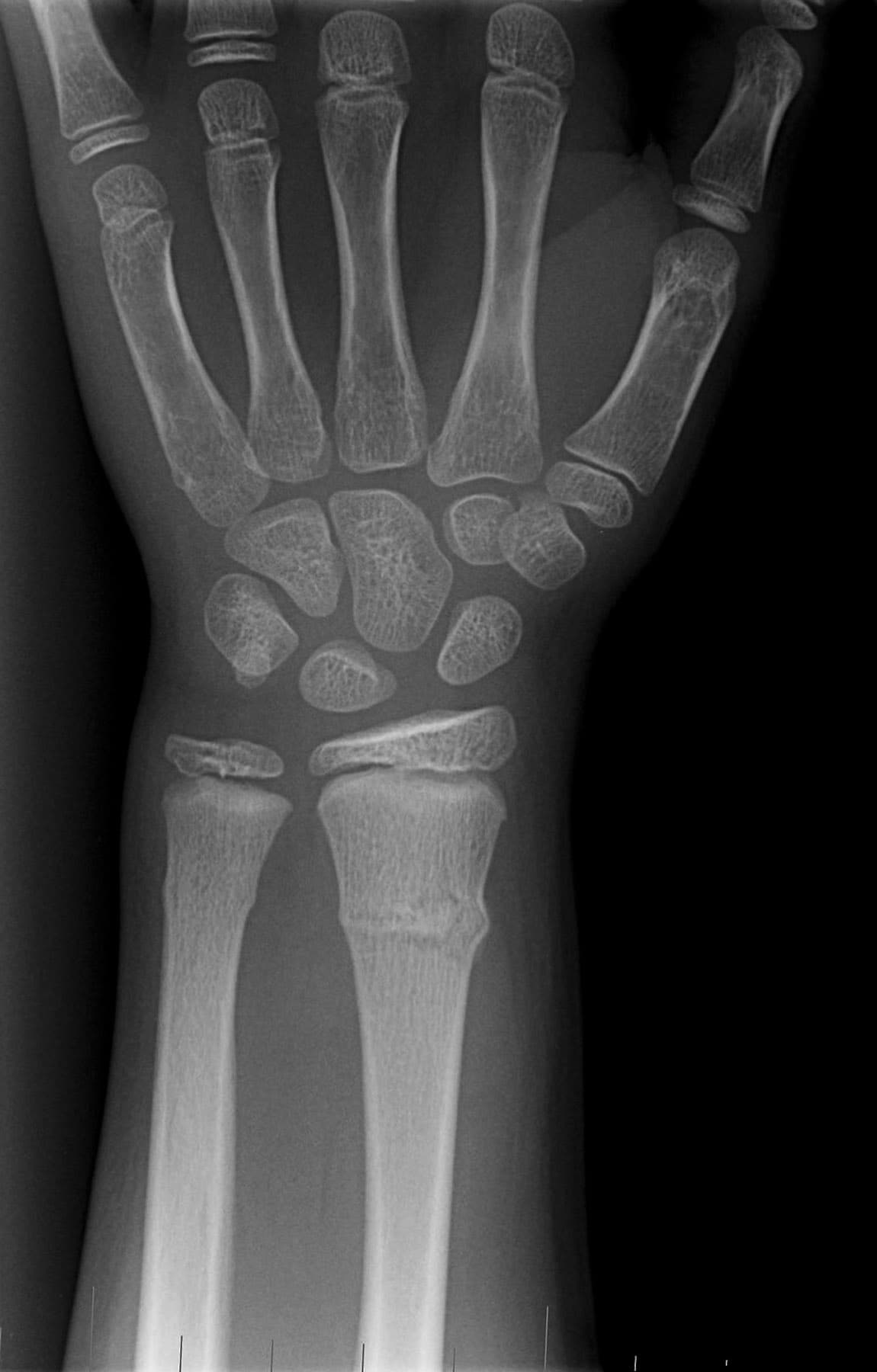Fortunately there was something else at work, subtly, quietly, faithfully hidden under the obvious horror. Mother Teresa took this lady by the hand and led her to the most heartbreaking patient of all. A newborn infant was lying on a cushion, alone. Perhaps his parents had abandoned him, or perhaps they were dead. This was not a healthy baby. He was lethargic and emaciated. He did not cry or flail his tiny arms around. He did not startle the way a normal baby should, or grasp with his hands, or even suckle when a nipple or finger was put to his lips. He just lay there with his arms and legs spread out limply around him, breathing with the halting, abrupt, shallow gasps of a baby for whom simply breathing takes too much energy to be worthwhile.
Mother Teresa led the rich lady to this baby and told her simply to pick the baby up and hold him and love him for the few minutes or hours he had left to live. The rich lady protested that she couldn't possibly do that. It would surely break her heart. Mother Teresa only repeated her invitation, and went about her work. Left there in front of the dying infant the rich lady made a choice. She reached down and took that baby in her arms and held him. For the rest of the day she did nothing but love that baby as hard as she could until finally he died in her arms. And her heart broke, but not with anguish as she had expected. It broke with love.
I read this as I was in the first half of the SF medic training course, and it forever changed my view of medicine and healing. As healthcare providers we are trained to save lives. Our thought and energy are bent on staving off death for as long as we can, prolonging life, reducing pain, preventing or mitigating disabilities. All true healers have this goal, but all of us inevitably face the truth that our patients are going to die. Put it off as long as we can, prescribe what we will, in the end death will win. We can only delay it. Sometimes we can delay it for years. Sometimes only for minutes. Sometimes the patient is already dead, but their body just hasn't figured that out yet.
Faced with this truth, each health care provider, from the lowest EMTB to the Surgeon General (who generally does very little surgery from what I hear) has to find his own way of dealing with it. Some choose to ignore it. Some simply shrug their shoulder and move on. Some stop caring eventually. But in Mother Teresa's radical and almost unforgiveable request I believe I have seen the only true way forward. We must look deeply into the horror of death and see past it to the subtle, patient, silent work of love which is operating underneath the horror and pain, stronger and older and wiser than them. In the truly authentic Catholic approach to healthcare there is the acknowledgment that the patient will die, and the deeper knowledge that love is stronger than death. Even if the patient will only live for a few seconds, those few seconds can be lived with dignity. They can be filled with life and love and peace, if someone is brave enough to let God use them to be that gift. Such moments are never wasted.
All of this went through my mind when I saw this video by Tammy Ruiz a Registered Nurse who specializes in Perinatal Bereavement and Perinatal Hospice. I am not at all ashamed to admit that I couldn't watch the full video without tears in my eyes. The work she does is beautiful, heroic and necessary, and alas, all too rare.
Please watch the video and pass it on particularly to any medical proffessionals who are involved in birth and perinatal care. Pray for Mrs. Ruiz and the continuation of her vocation, which is truly a call within a call. Take the time to celebrate life in whatever way you can. This is a solid, concrete answer to the culture of death and a joyful affirmation of the infinite value of every single human person, no matter how small.
Go here to read Mrs. Ruiz's own words on her work.
(The Title of this post is taken from the title of the amazing book by Christopher De Vinck.)


